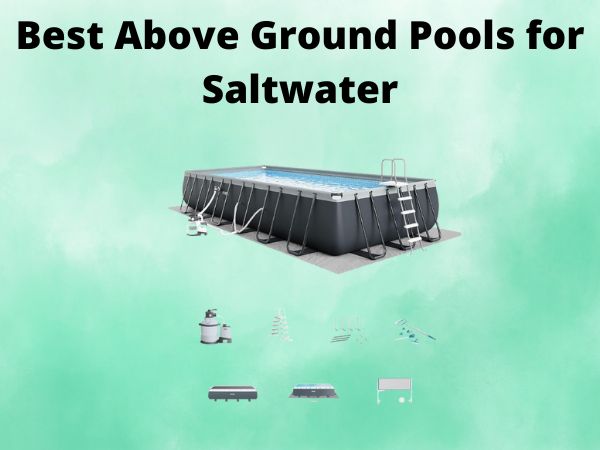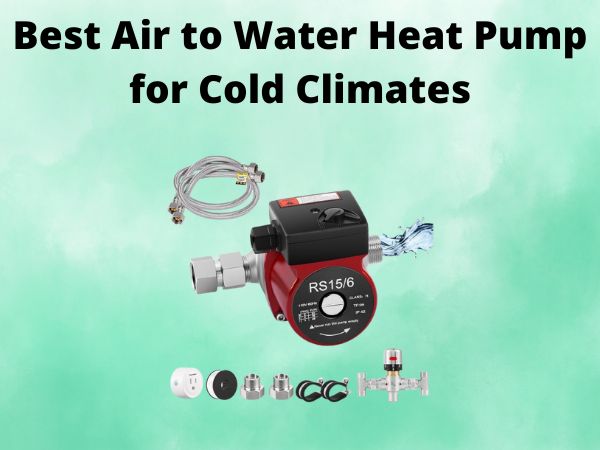How to Descale a Tankless Water Heater [Effectively]
So, you have a tankless water heater, and suddenly it’s not as efficient as it used to be. Could scale build-up be the culprit? If you’re wondering how to descale a tankless water heater effectively, look no further! Let’s dive deep into what descaling is, why it’s important, and how you can achieve it without breaking a sweat.
Table of Contents
What is Descaling?
Descaling is the process of removing mineral build-up, often referred to as lime scale, from water heating systems. These minerals, mainly calcium and magnesium, come from hard water and accumulate over time, reducing the efficiency of your tankless water heater.
Why Descale Your Tankless Water Heater?
Think of your water heater like a marathon runner. Without proper care and attention, it won’t perform at its best. Over time, the scale build-up acts like a heavy backpack, slowing down the heater’s efficiency, increasing energy bills, and even leading to expensive repairs.
Signs Your Tankless Water Heater Needs Descaling
How do you know it’s time? Your heater might be sending out smoke signals, metaphorically speaking:
- Hot water takes longer to arrive.
- Strange noises like popping or rumbling.
- Fluctuating water temperatures.
- Decrease in water pressure.
Preparing to Descale Your Water Heater
Before you jump right in, ensure you have the right tools and environment set up. It’s a bit like planning a camping trip—having the essentials makes all the difference.
Step-by-Step Guide to Descaling
Step 1: Turn Off the Power
This is crucial. Unplug the heater or flip the breaker switch to avoid accidental electrocution.
Step 2: Close Water Valves
Shut off the cold and hot water valves to prevent water from entering or leaving the heater during the process.
Step 3: Attach a Hose
Connect a sump pump to the cold water service port and another hose to the hot water service port leading to a bucket.
Step 4: Apply Descaler
Following the instructions on the descaler product, circulate it through the heater using the pump. This usually takes about 45-90 minutes.
Step 5: Flush the System
After descaling, flush the heater with clean water to remove any residual descaler.
Step 6: Restore the Settings
Reopen the water valves, turn the power back on, and ensure everything is running smoothly.
Choosing the Right Descaler
Choosing the right descaler is as important as choosing the right ingredient for a recipe. There are a variety of options—some chemical, some natural, like vinegar.
Tools Required for Descaling
- Screwdriver
- Sump pump
- Bucket
- Descaler or vinegar
- Hoses
Safety Measures
Just like any DIY job, ensuring safety is key. Use gloves and goggles, and make sure the area is well-ventilated. Remember, no cutting corners!
How Often Should You Descale?
The frequency of descaling depends on water hardness and usage. Generally, descaling annually keeps your heater singing its sweetest tune.
Maintaining Efficiency Post-Descaling
To keep your heater running like a well-oiled machine, routine check-ups and timely descaling go a long way.
Professional vs. DIY Descaling
For the brave-hearted, DIY can be rewarding and cost-effective. However, when in doubt or if lacking tools, calling a professional might be a wise choice.
Common Mistakes to Avoid
- Not turning off the power supply.
- Skipping the flush step after descaling.
- Using the wrong kind of descaler.
Benefits of Regular Maintenance
Regular maintenance is like a preventative medicine for your water heater, preserving its lifespan and ensuring optimal performance.
Environmental Impact of Descaling
Using environmentally friendly descalers can reduce your carbon footprint. Consider the impact of your choices on the planet.
Conclusion
Descaling your tankless water heater doesn’t have to be a herculean task. With proper planning, the right tools, and this guide, you can enhance your heater’s efficiency, saving both energy and money in the long run. Remember, a little maintenance goes a long way in keeping your home humming in harmony.
FAQs
How do I know if my water heater needs descaling?
Look for signs like delayed hot water delivery, noise, temperature fluctuations, and low water pressure.
Is vinegar a good descaler?
Vinegar is a natural and non-toxic descaler that works effectively for removing scale build-up.
Can I descale my water heater myself?
Yes, with the right tools and precautions, DIY descaling can be an effective option.
How long does the descaling process take?
The process can take about 1 to 2 hours, depending on scale build-up and descaler used.
What’s the risk of not descaling my tankless water heater?
Neglecting descaling can lead to reduced efficiency, higher energy bills, and potential damage to the heater.




